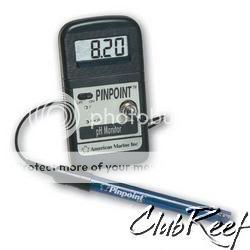Earl
Well-Known Member
pH does not cause nutrient lock out.
Some of the microelements
are absorbed by the roots better,
if the pH is lower,
If the pH is too low,
the plant will absorb too much Iron,
and the Iron will cause the overproduction of alcohal,
and the plant will die very quickly.
If the pH is too high,
the plant will not absorb manganese and boron,
and will be deficient of these micro elements,,
even though these elements are still available in solution.
Lockout only occurs between Calcium and Magnesium,
since these two elements have a natural, covalent bond.
The plant can take in water at a wide range of pH,
just like you can, say between 5-8.5.

If the pH is too low,
and the water has Iron in it,
then the plant will overdose on Iron.
The plant will continue to use the elements it has already stored
in the big fan leaves, and the roots,
until these nutrients are exhausted,
and the leaves turn yelllow, and purple.
Here is a WW, after two weeks of RO only.

.
Some of the microelements
are absorbed by the roots better,
if the pH is lower,
If the pH is too low,
the plant will absorb too much Iron,
and the Iron will cause the overproduction of alcohal,
and the plant will die very quickly.
If the pH is too high,
the plant will not absorb manganese and boron,
and will be deficient of these micro elements,,
even though these elements are still available in solution.
Lockout only occurs between Calcium and Magnesium,
since these two elements have a natural, covalent bond.
The plant can take in water at a wide range of pH,
just like you can, say between 5-8.5.

If the pH is too low,
and the water has Iron in it,
then the plant will overdose on Iron.
The plant will continue to use the elements it has already stored
in the big fan leaves, and the roots,
until these nutrients are exhausted,
and the leaves turn yelllow, and purple.
Here is a WW, after two weeks of RO only.

.



